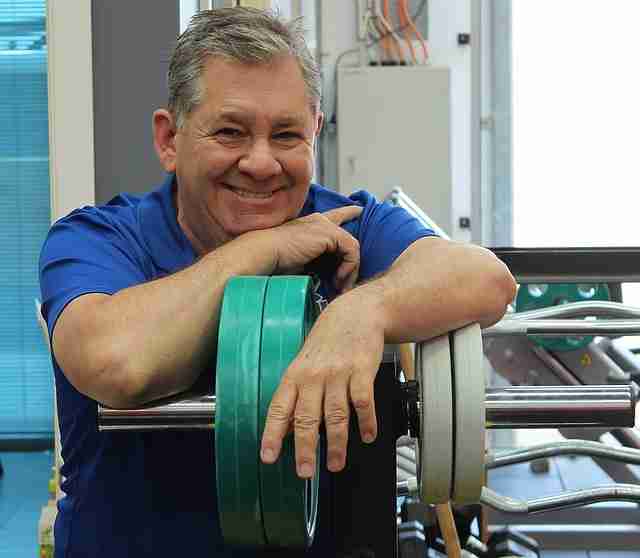Curbing Mutations In Muscle Stem Cells Could Help Old People With Work
Our ability to perform certain functions is dependent on how we exert the muscular techniques. As long as we are young enough, the muscular capabilities remain active and aid in the execution of different functions. But as we grow older, the muscular functions fall short of our expectations and cannot offer a greater level of strength to perform any tasks. This is something which occurs due to an unprecedented number of mutations in the stem cells of muscles. The mutations impair the regeneration of cells, and inhibit the further progress of muscle functions; as a result, it deprives older individuals of their physical ability to perform tasks. This new study has been brought to the light by researchers at Karolinska Institute.
The study has raised a hope to develop a new drug or medication to help build stronger muscles no matter how older we become.
Read-
Reasons Behind Aging Muscles And Its Deformity
For everything which hinders our capacity to work properly while we age, is mainly for muscle stem cells or satellite cells. These cells do not exert any muscular functions as they remain dormant in the muscle tissues. However, they are likely to proliferate and specialize to replace damaged tissues or organs when influenced by the external forces like physical workout or injuries. This is a well-grounded restorative function of muscle stem cells, but these functions reduce too with age and it does not advocate for any tissue regeneration through self-renewal capacity. As a result, the agility and strength of aging muscles deteriorate and decline. Therefore, the study clearly focuses on how there is a distinct relation between aging muscle and stem cells.
Until now, there has been no clear indication why aging muscles lose its flexibility to perform a task. But, this is now clear as the study has successfully established how mutations in muscles play a key role in hindering the task performing ability to age muscles as compared to their younger counterparts.
How The Study Validated Muscle Elasticity?
In the study, they found that a healthy 70-year-old could collect as high as 1000 mutations in each of their muscle cells. These mutations cannot inhabit every cell, and the cells without these mutations are better protected and providing an adequate performance capability to a person. The study was successful to focus that with age, this strength of the cells also declines for the natural cell division process. As a result, an aged muscle loses its capacity to repair DNA. This leads to a novel pathway for scientists to discover a new method to influence the muscle with a newly developed drug.
How The New Therapy Is Devised?
In order to invent a new drug to foster the DNA repair and inhibit the impairment of muscle elasticity and functions, scientists turned to single cell DNA sequencing methods. The single cell genome sequencing helped them identify how each muscle stem cell does have a direct influence from a complex mutational burden. At the same time, the number of these mutations is two-three times higher in the cells of aging persons than younger counterparts. This is the reason why younger individuals are more fit and active to perform their tasks with more flexibility and agility as they do not show any sign of higher number of mutations.
In addition to this, the new drug development would also take into consideration the role of physical exercise to counteract the mutational influence on the muscle cells.
Read-
So, if researchers can find out a new trigger to reduce the influence of the mutational reactions in cells, it is possible to discover new workout programs for aging populations too. And we can expect healthy old people to lend their shoulders to increase the productivity of young individuals.
stem cell therapy, stem cell of muscles, joint disorder, knee arthritis, stem cell anti aging, stem cell knee repair, stem cell banking, cord blood banking,







No comments:
Post a Comment